Focus Booth
March 7th - March 10th, 2018
The Armory Show, New York

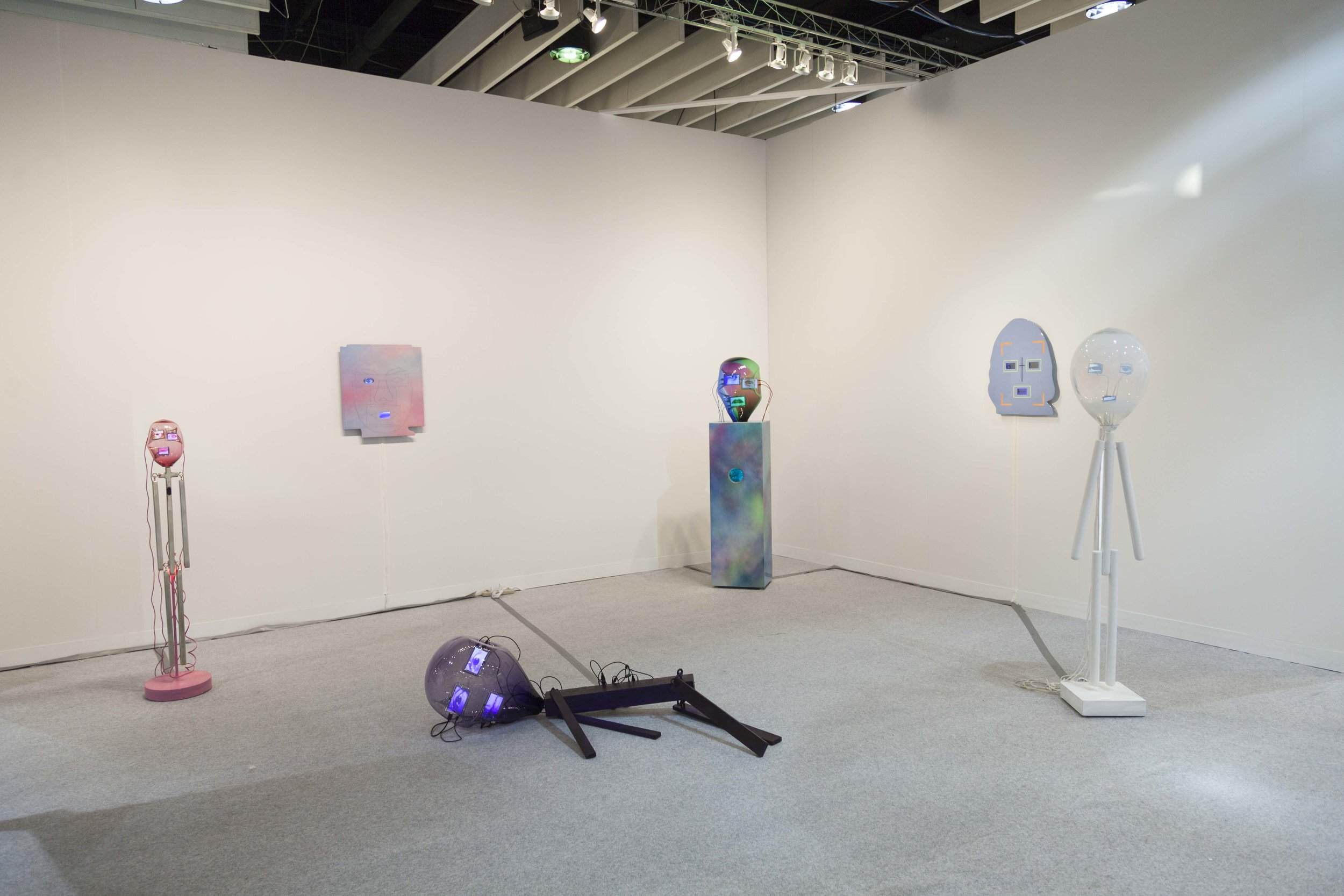
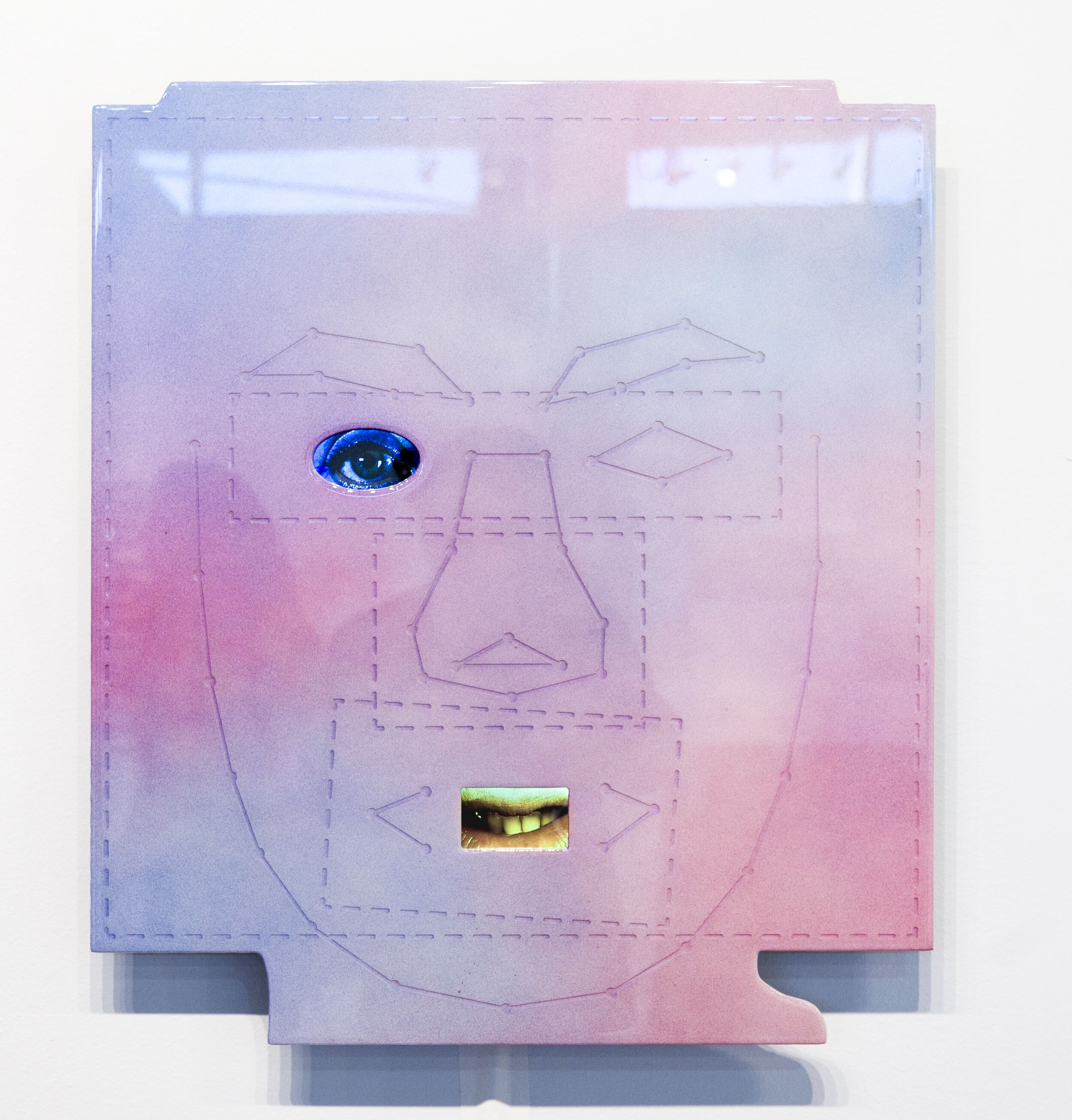
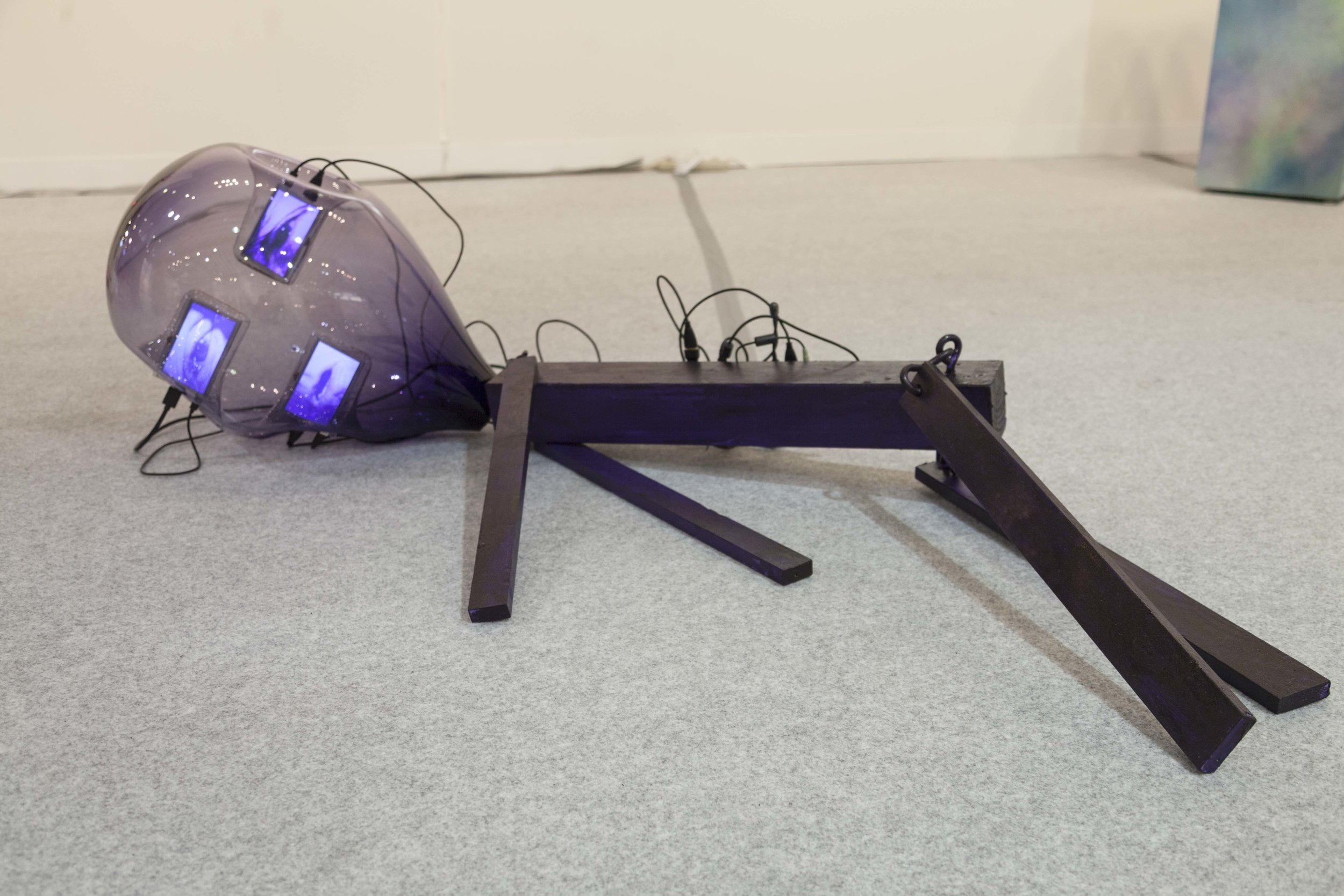
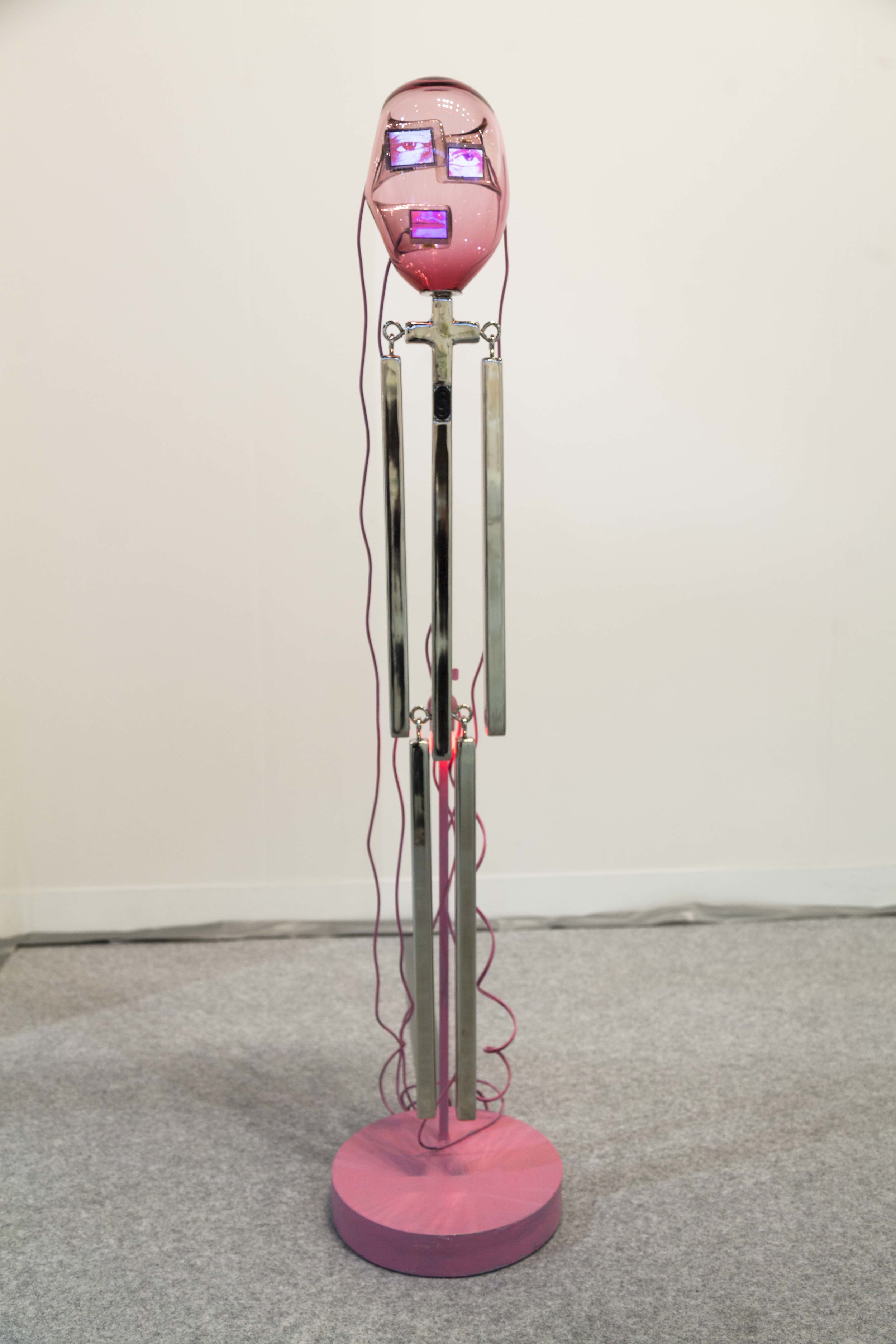
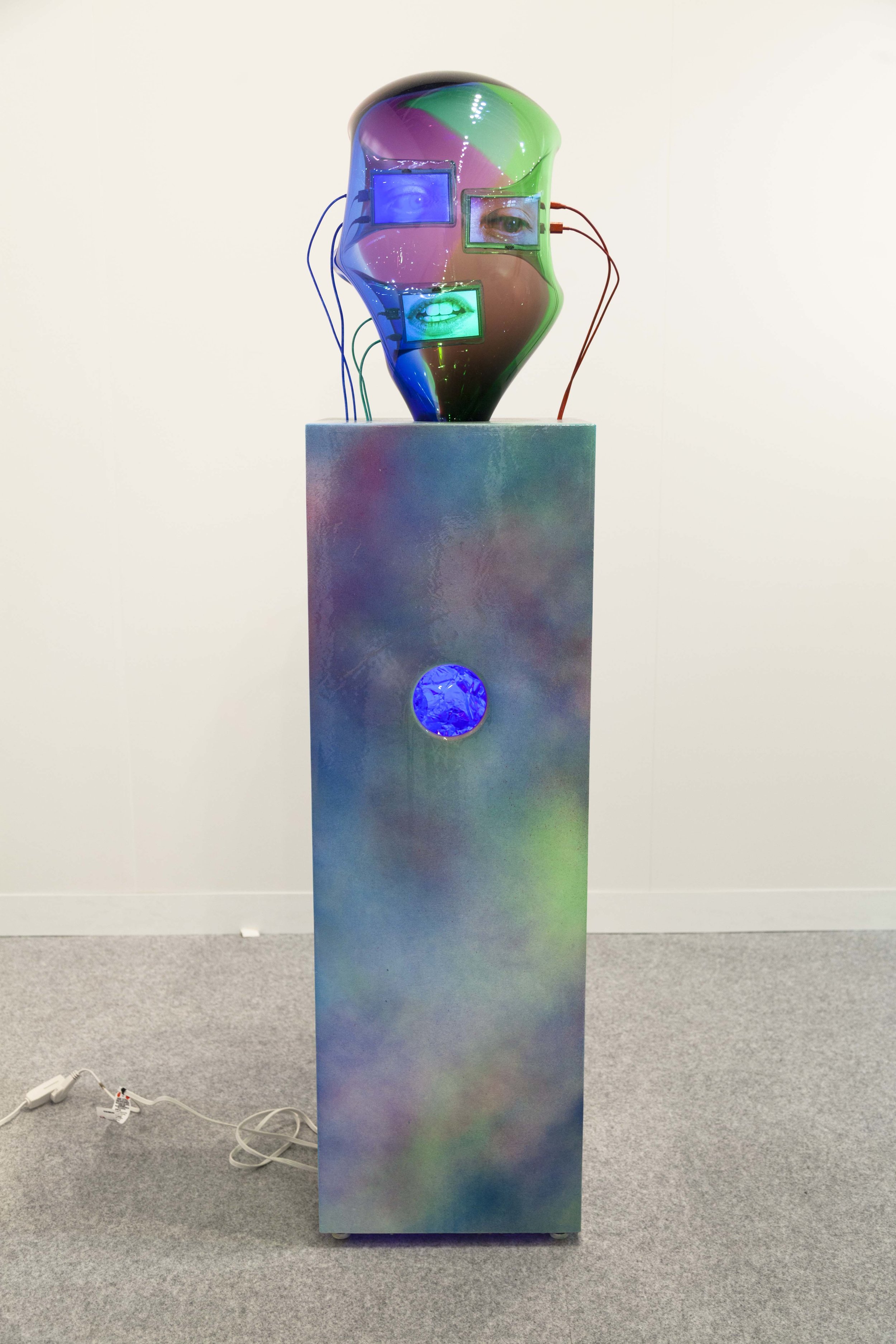
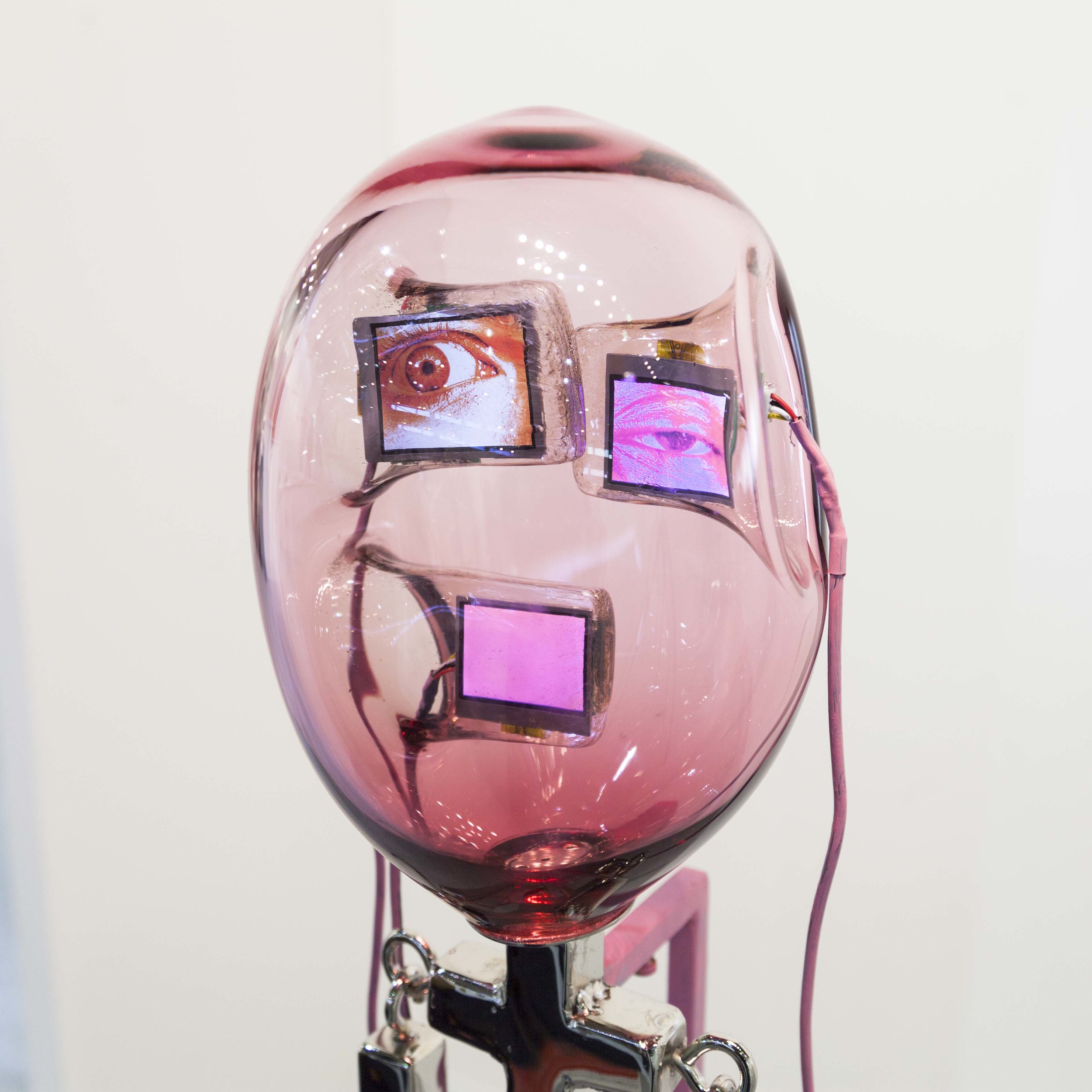
Tony Oursler has been a pioneering figure in new media art since the early 1980s. Oursler developed his early practice under John Baldessari at CalArts, where he formed longstanding relationships with several of his fellow students, including Mike Kelly, John Miller, and Jim Shaw. This context encouraged Oursler to break the traditional strictures applied to various media and experiment with cross-pollination between painting, sculpture, video, installation, performance, language, music, and sound. Oursler, one of the first artists to utilize video as a medium for creating art. This was a crucial moment in the development of conceptual art, and Oursler emerged as a central figure in this multifaceted practice.
Within the booth are four chimerical A.I. “b0ts”, constructed with mixed media and elements of hand blown glass. Thematically these works relate to Oursler's ongoing interest in our daily interactions with ever omnipresent technology; these works are slightly human, their physicality exists as something somewhat smaller than our own, they have torsos, eyes, mouths, they call out and even seem to emote.
Artificial intelligence, or A.I., brings to light many questions regarding our co-evolution with technology. The artist sees technology as a reflection of our own ontologies, belief systems and desires. Will our creations replace us? Or will we enter a utopian world of infinite knowledge and achievements? It is the artist’s perspective that we are living between these two questions, A.I. begins to enter our world in many banal and fascinating ways leaving more space for speculation than answers.
Alongside the freestanding bots are juxtaposed wall-mounted works from his facial recognition series embedded with video screens depicting mouths and eyes. These visages also bear the marks, nodes, and geometric patterns of algorithmic facial recognition mapping, pairing the evocation of human expression with the efficient calculus of electronic profiling. According to the artist, one of his intentions is “to invite the viewer to glimpse themselves from another perspective, that of the machines we have recently created.” Through these digital portraits we can see ourselves through the lens of machines we have recently created, piercing contemporary anxieties about privacy, surveillance, and identity.
The increasing sophistication and prevalence of facial scanning in society is key to understanding Oursler’s most recent works, which raise questions about the accumulation of biometric data as well as how and by whom that data is used. The artist’s latest works also reveal the beautiful, yet distinctly non-human qualities of these types of analyses. Oursler questions the utility and ramifications of teaching machines to understand emotion, while exploring the evolution of human identity. The degree of fiction in his work is not at random; it has always been intentional, present since his early videos. The simple and perhaps ungraceful work of building theatrical props becomes the backbone of his works, bestowing a more marked degree of fiction.